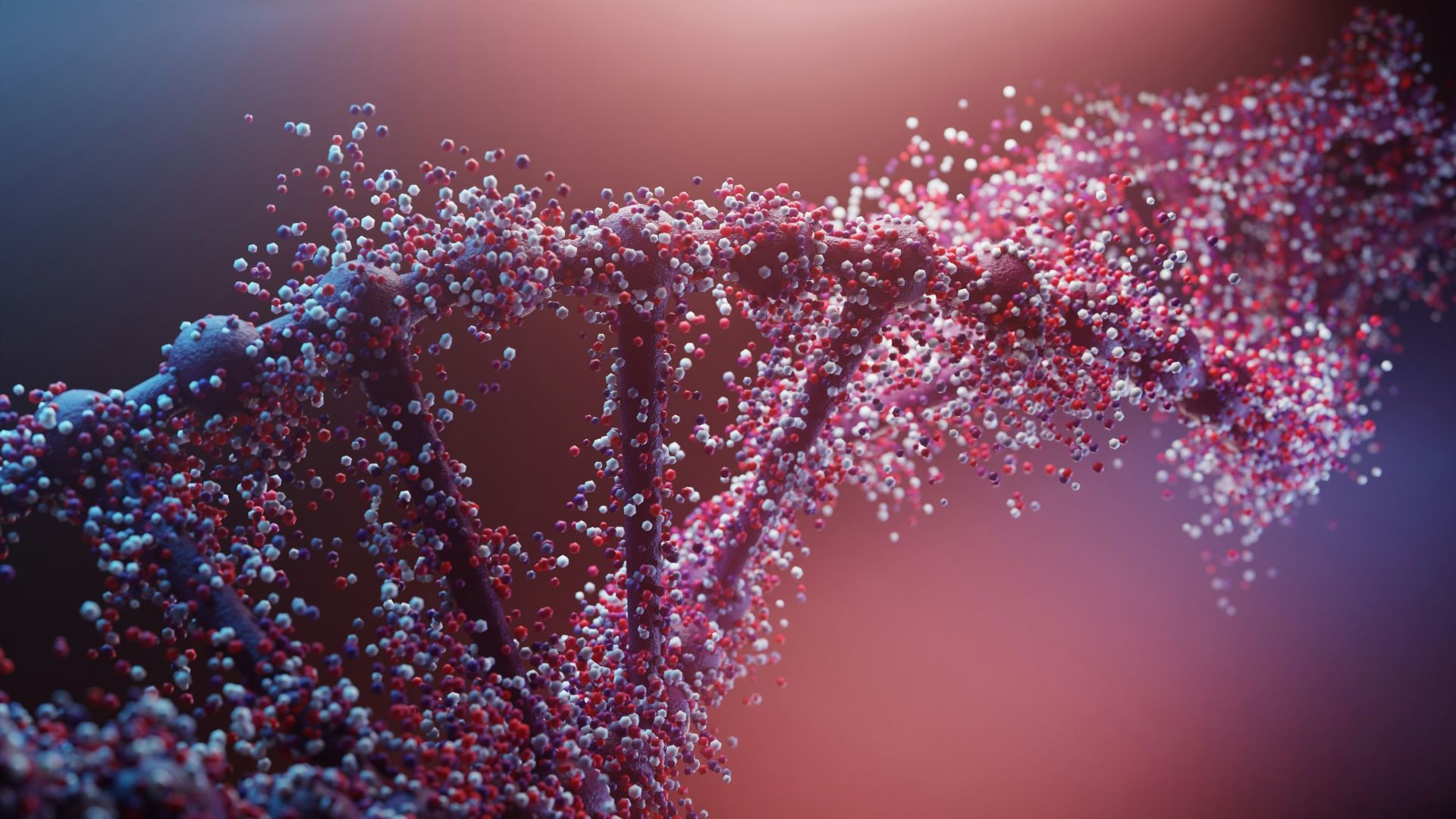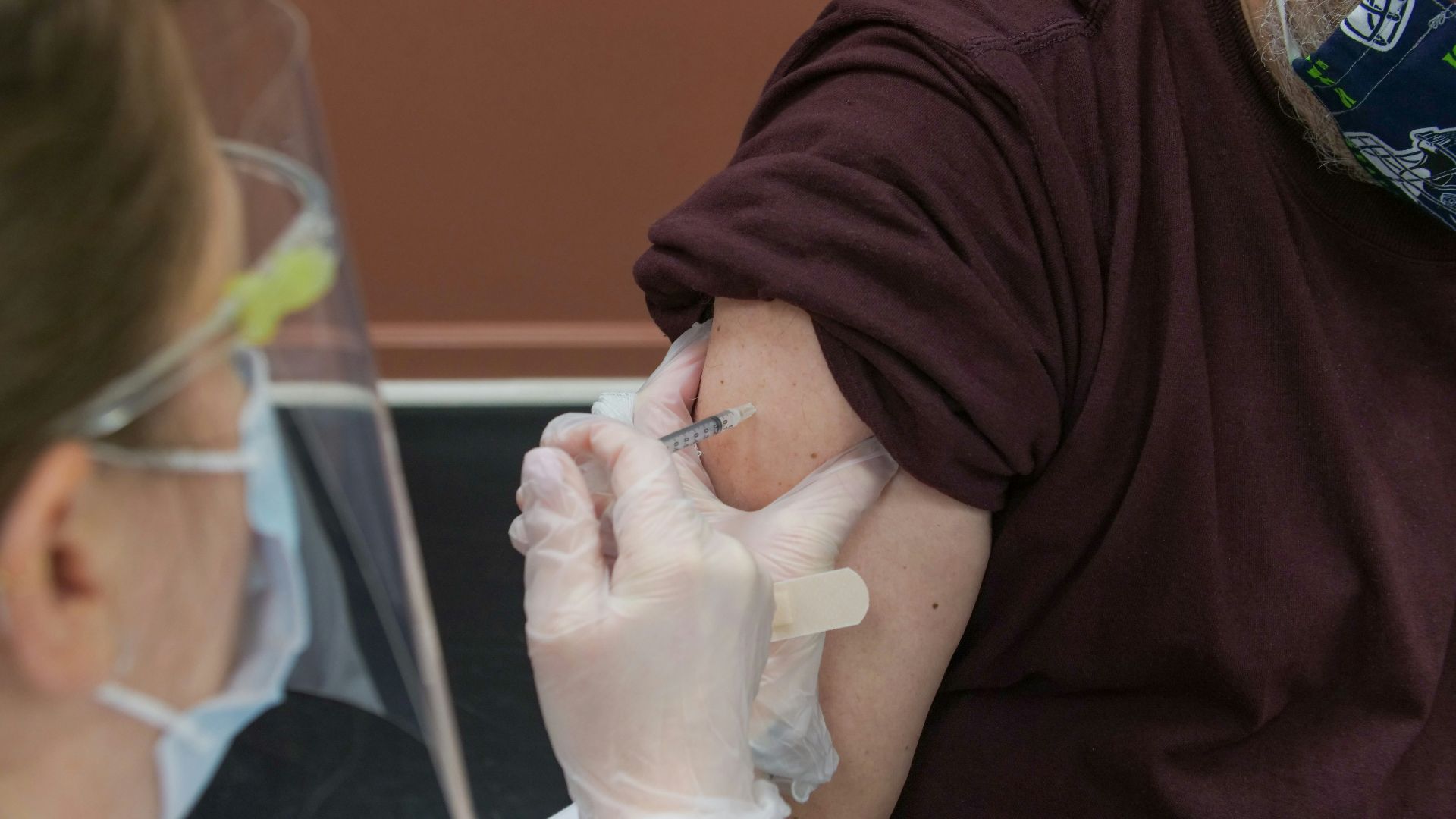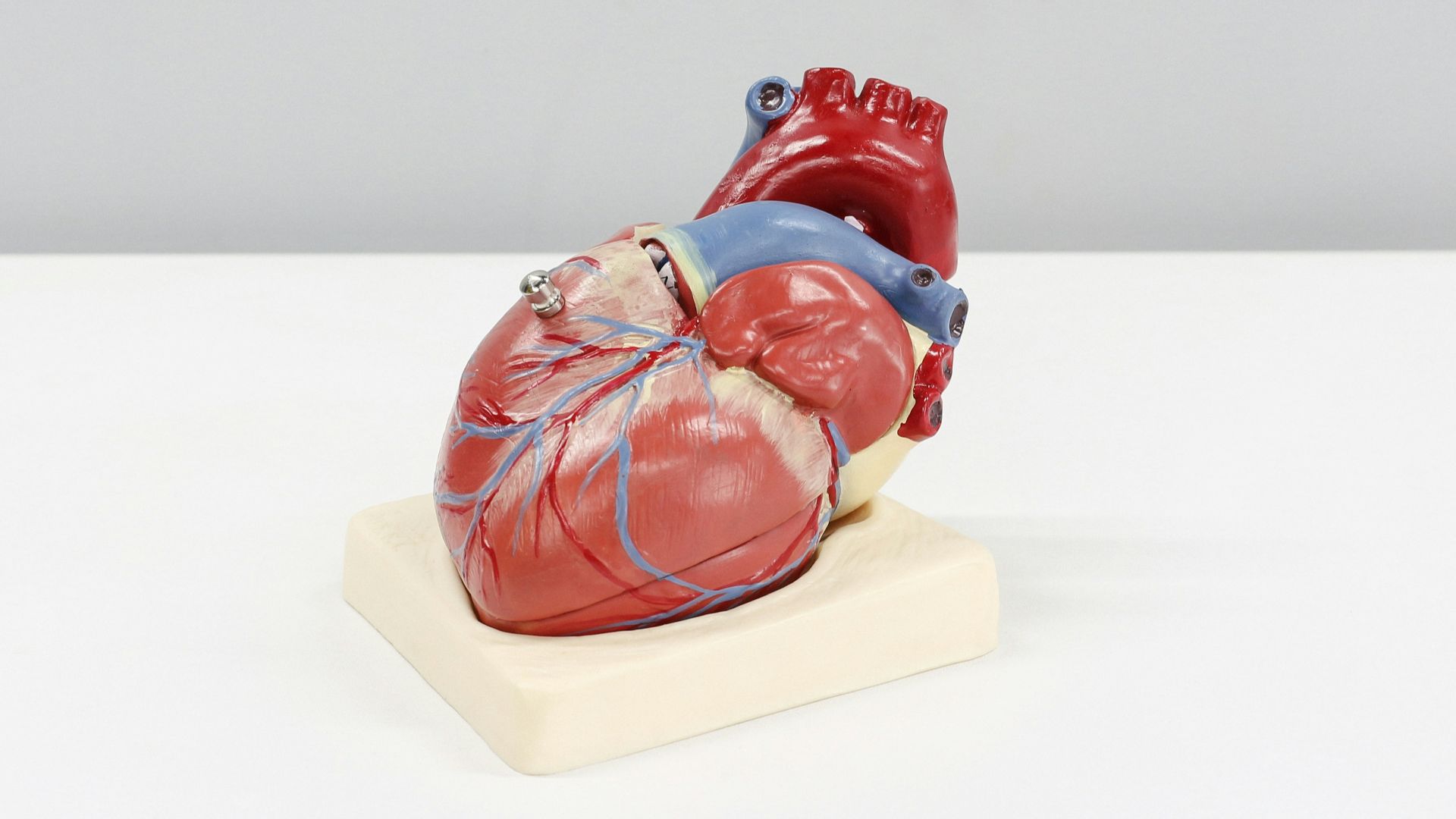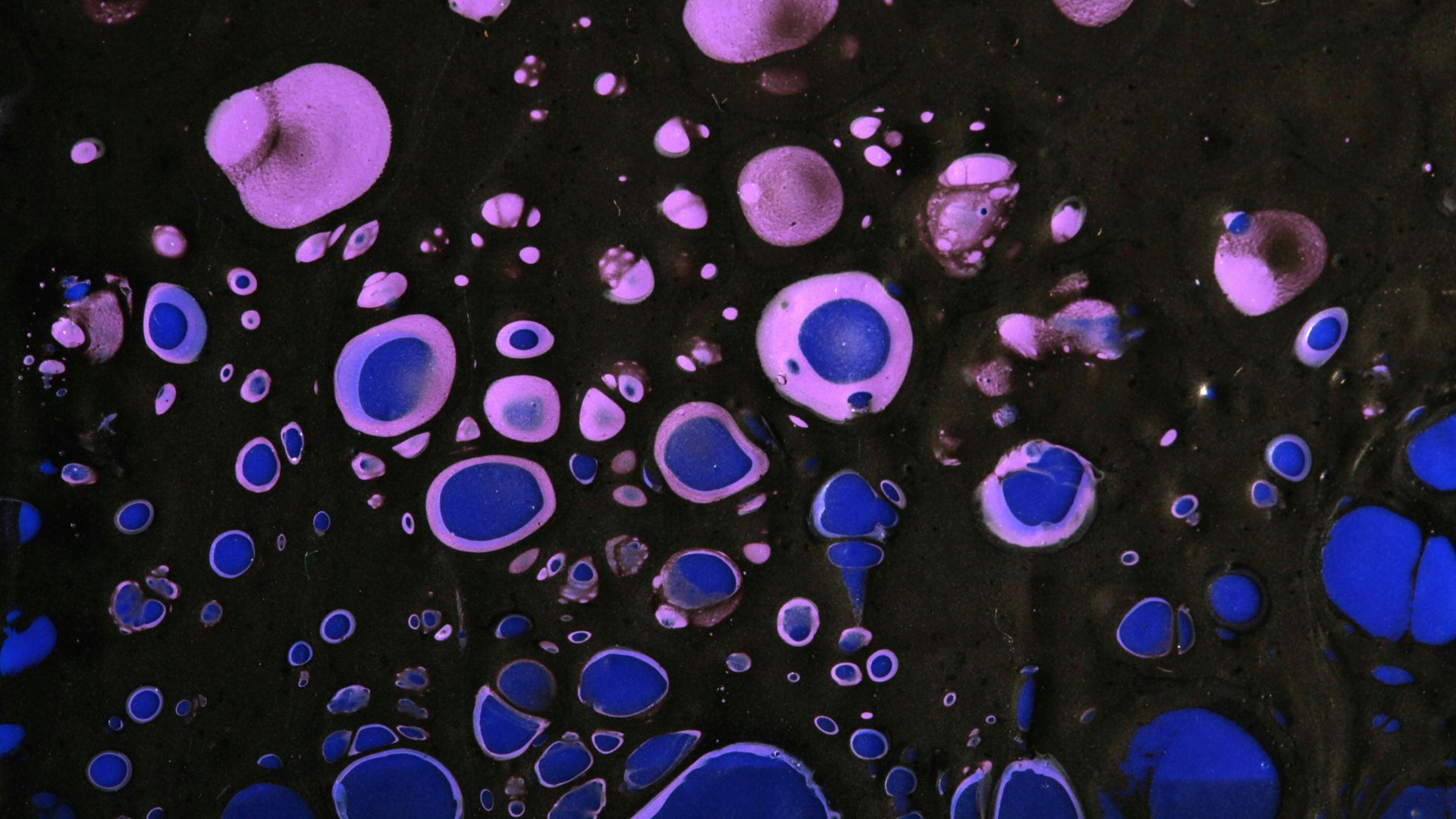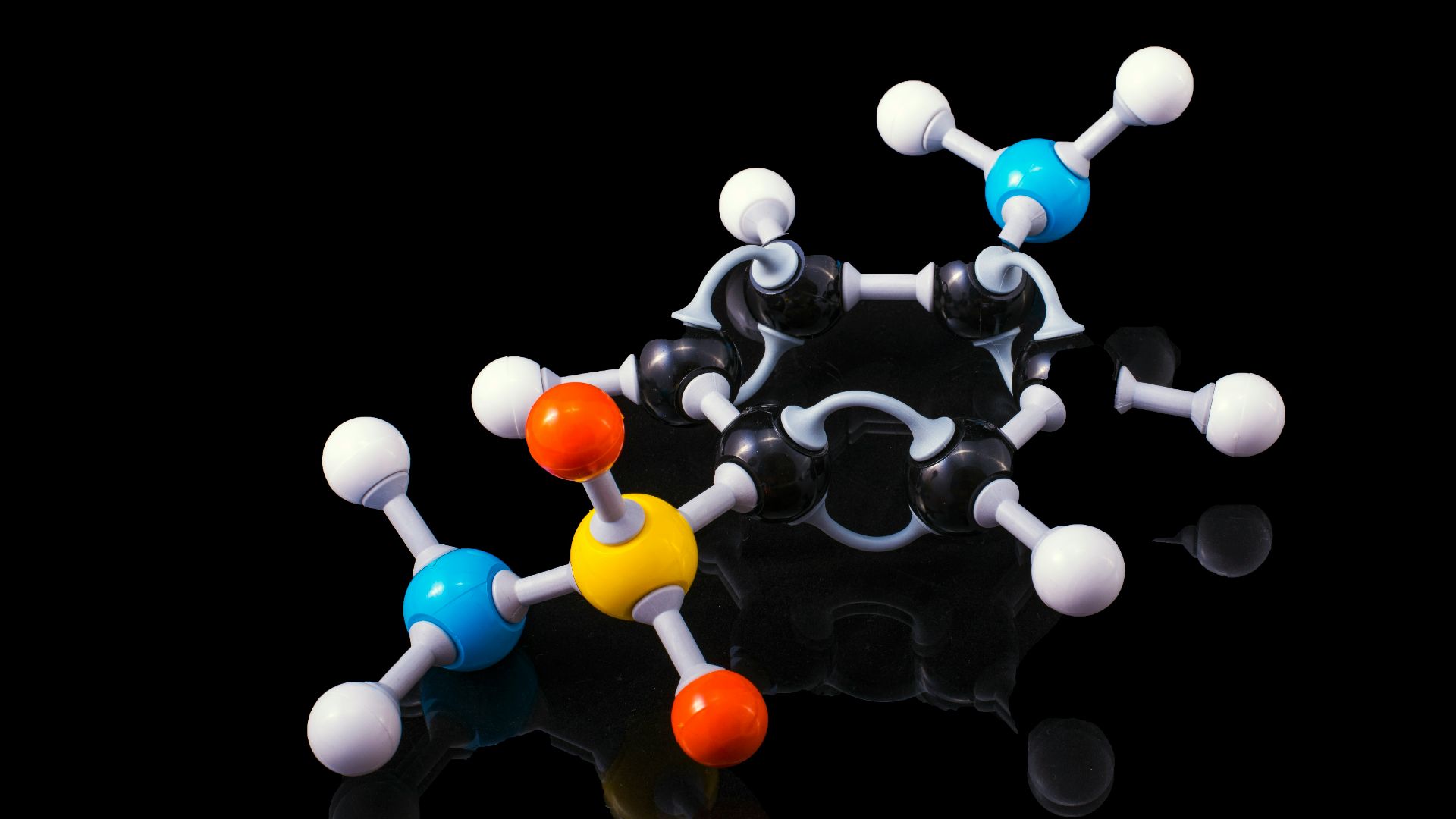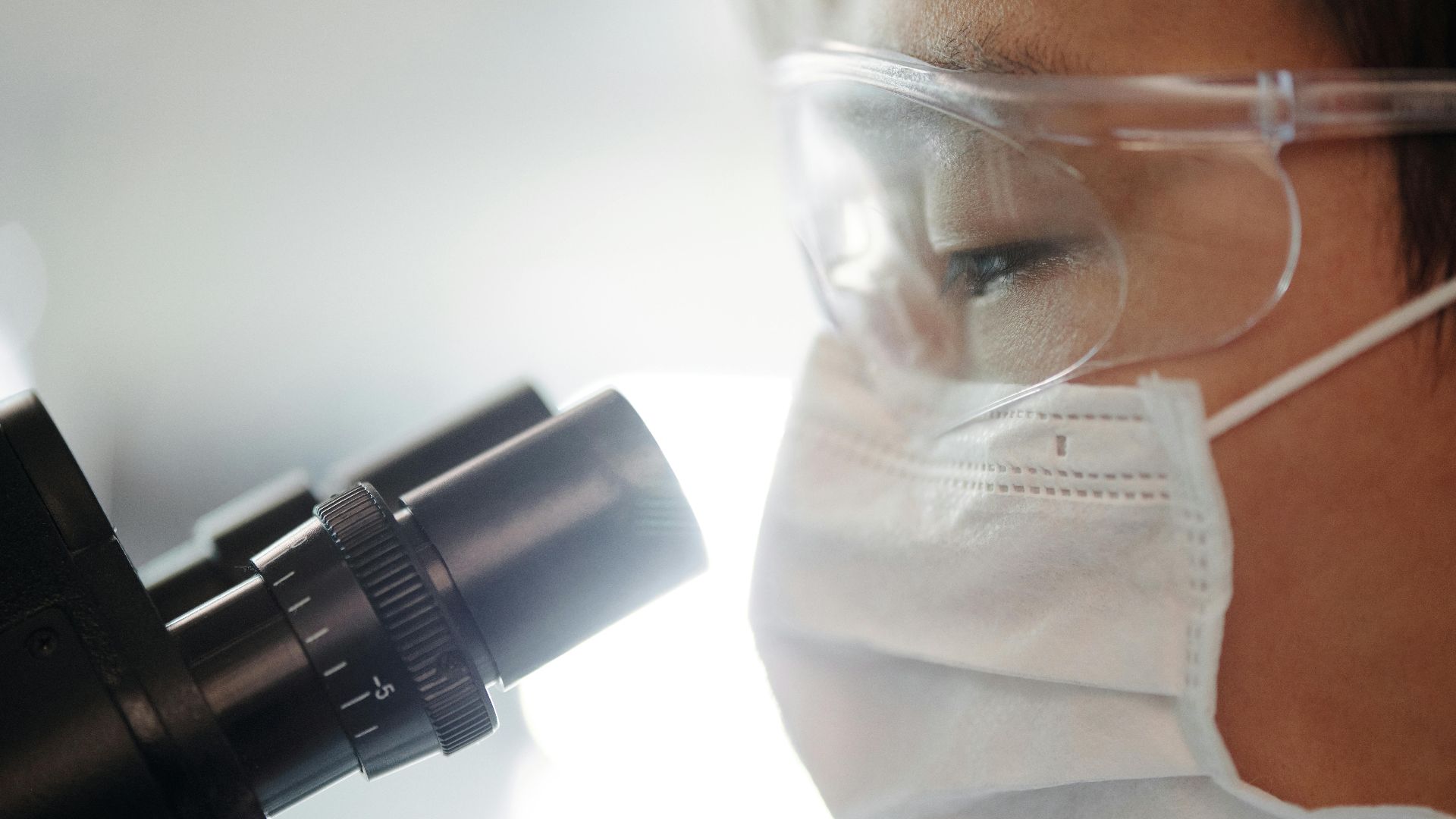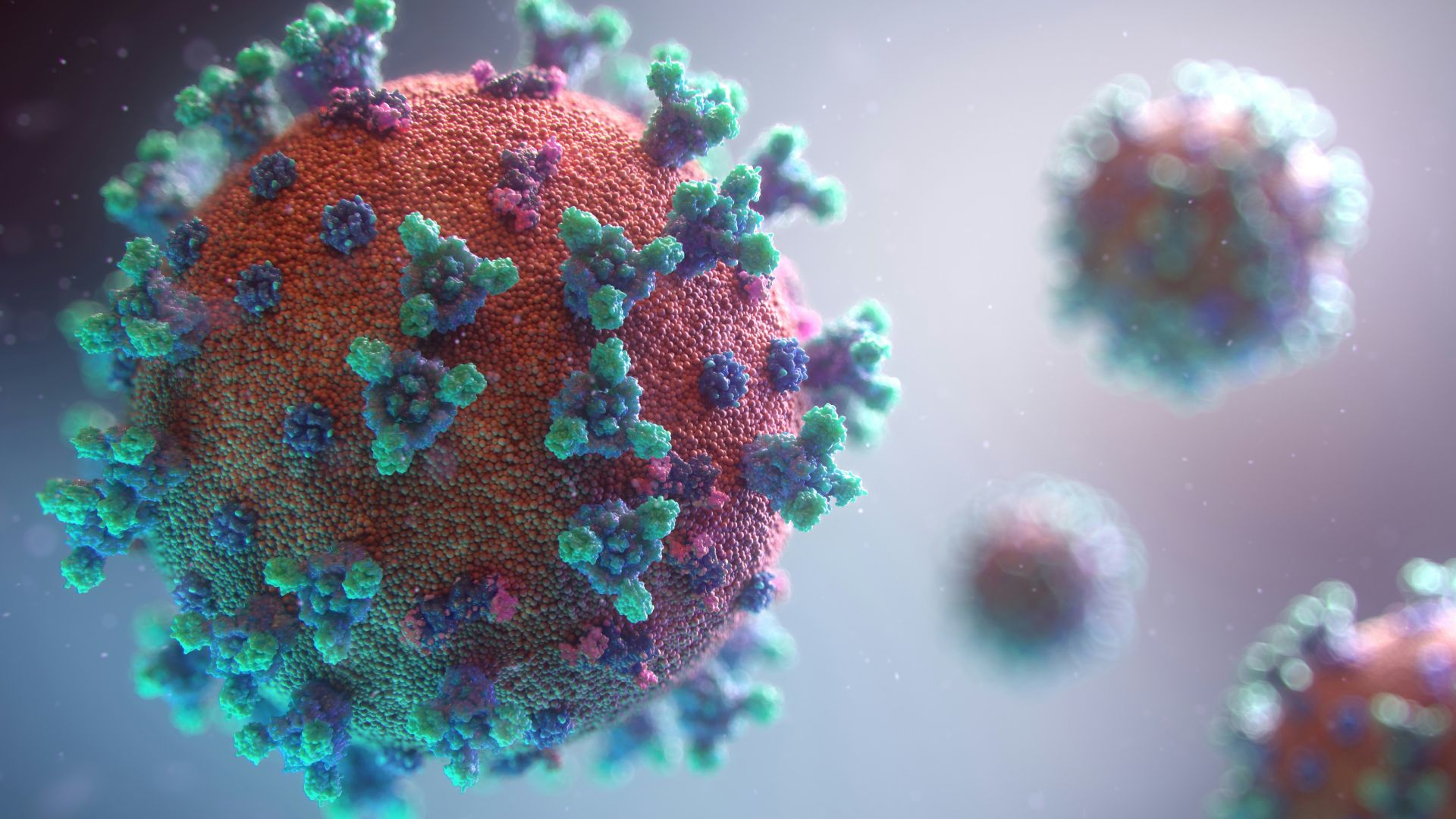The Future of Healing Is Getting Personal
Biologic medicine refers to therapies built from living cells, proteins, or genes. This revolutionary approach to disease is shaping how we fight everything from arthritis to cancer—and even how we think about aging itself. The wonderful part is we’re not just inventing new drugs anymore but teaching the body how to heal itself. Here are twenty breakthroughs in biologic medicine that show how strange and astonishing medicine has become.
1. Gene Editing with CRISPR 2.0
The early versions could cut DNA strategically to remove genetic defects, but now they can rewrite it with eerie precision. Newer CRISPR systems like “prime editing” can fix single-letter typos in genes—the microscopic spelling errors that cause diseases like sickle cell anemia.
2. Personalized mRNA Vaccines
Despite the controversies around mRNA technologies, new research is attempting to tailor vaccines to each tumor’s unique mutations. Imagine walking into a clinic and leaving with a vaccine made only for your cancer. Human trials are already in motion.
3. Living Drugs for Leukemia
CAR-T cell therapy still sounds like a band name, but it’s one of medicine’s great plot twists. Doctors take your immune cells, reprogram them, and send them back to hunt your cancer. It’s personal warfare at the cellular level, with remission rates that make chemotherapy look medieval.
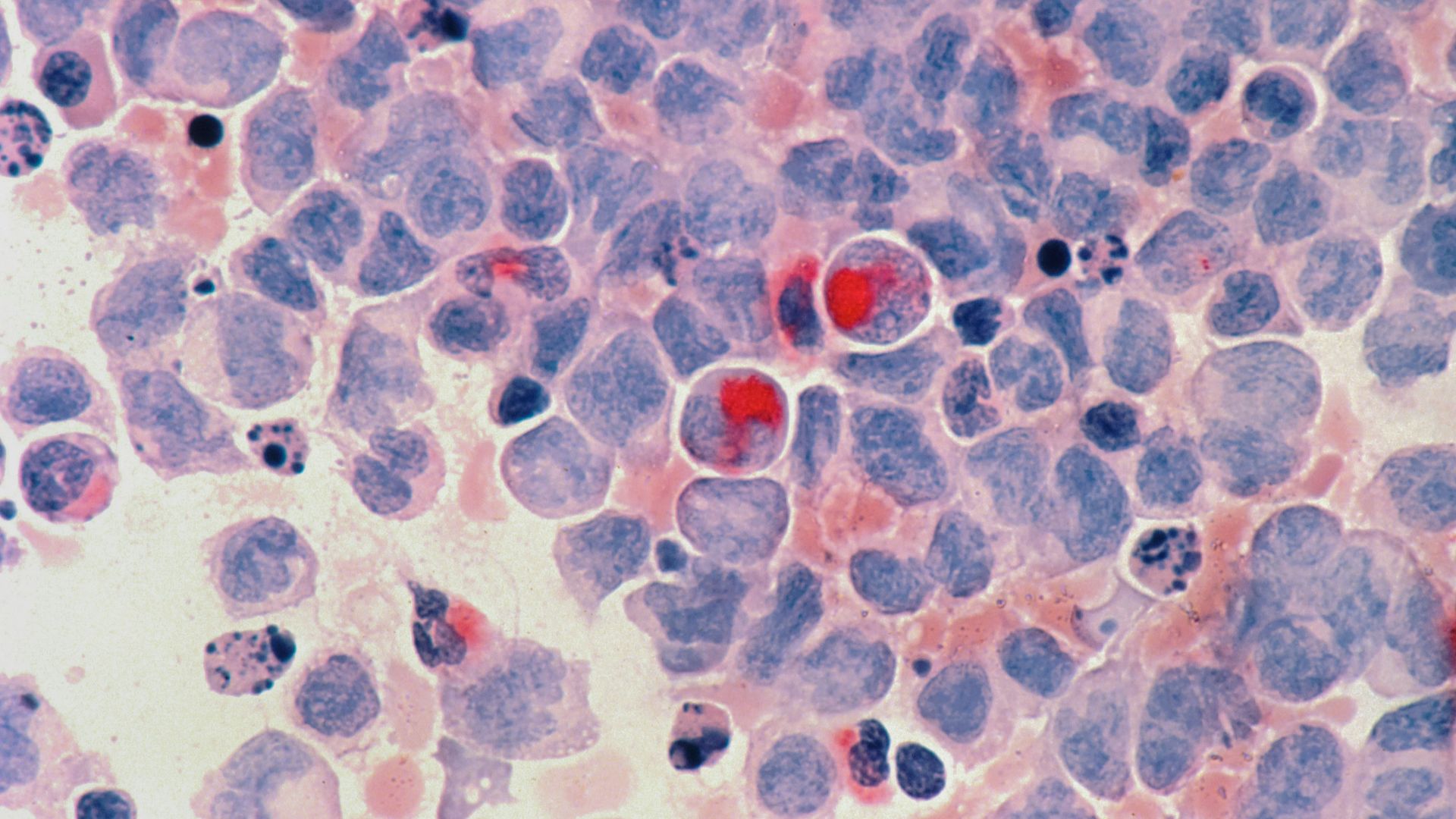 National Cancer Institute on Unsplash
National Cancer Institute on Unsplash
4. Microbiome Repair Therapies
It turns out we’re mostly bacteria, and some of our residents are just bad roommates. Fecal transplants are being refined into precise microbiome capsules that can reset your gut ecosystem—and jumpstart your immune system as a result.
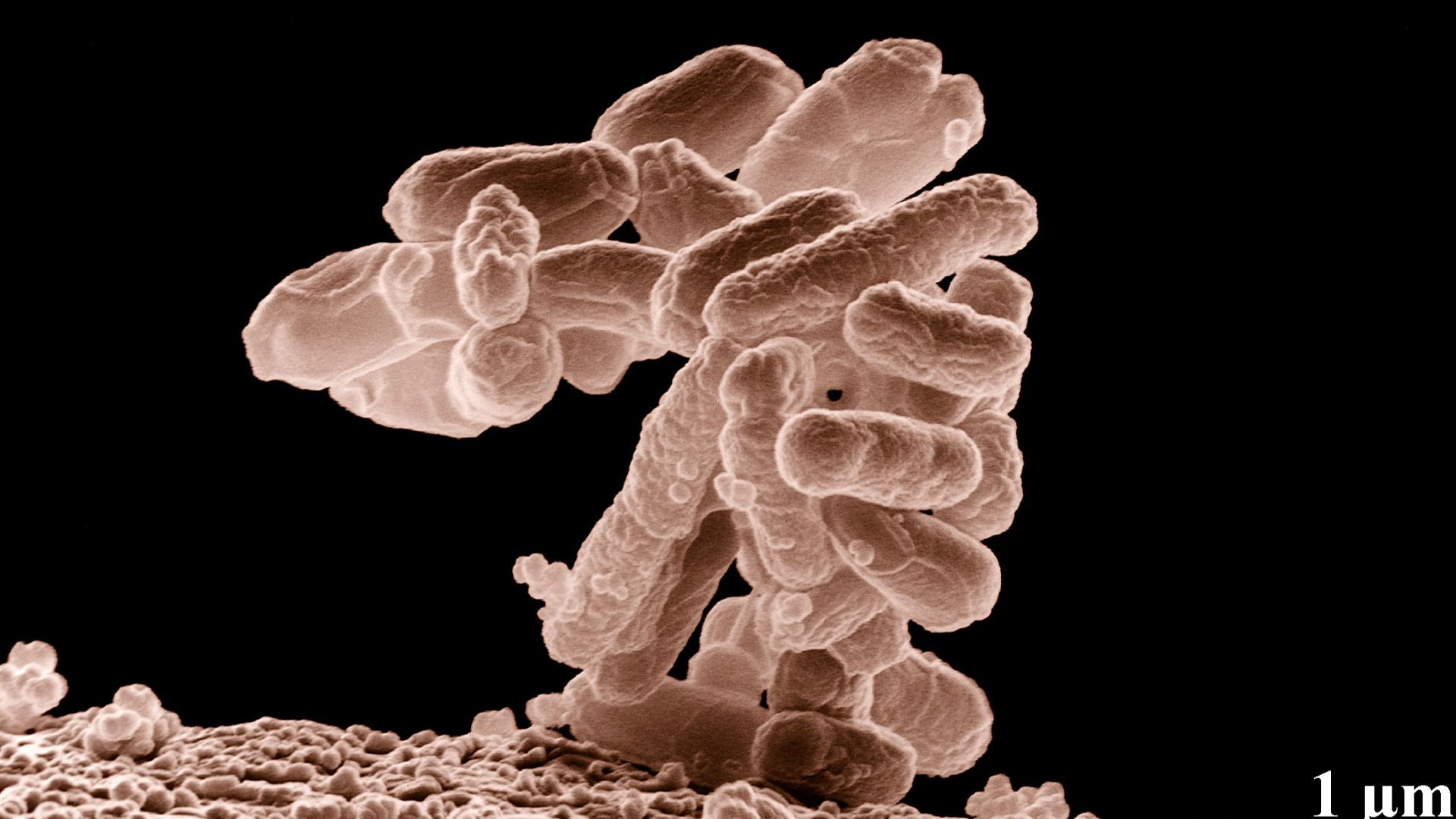 Photo by Eric Erbe, digital colorization by Christopher Pooley, both of USDA, ARS, EMU. on Wikimedia
Photo by Eric Erbe, digital colorization by Christopher Pooley, both of USDA, ARS, EMU. on Wikimedia
5. Lab-Grown Organs on Demand
Tiny livers and kidneys are being grown from stem cells to test drugs safely without the need for animal test subjects or guesswork. Scientists have already kept lab-grown hearts beating in dishes for weeks, and the dream, of course, is full-sized transplant-ready organs.
6. Antibody Cocktails for Autoimmune Diseases
Biologic drugs like adalimumab and infliximab have rewritten the story for rheumatoid arthritis and Crohn’s. Now, new antibody cocktails can target multiple inflammatory signals at once.
7. Neural Regeneration Using Biologic Scaffolds
After spinal injuries, nerves rarely regrow. But biologic scaffolds consisting of dissolvable frameworks made of collagen and proteins can be created to coax neurons to reconnect. Picture a bridge built from the body’s own materials, slowly fading as the nerves remember how to reach across.
8. Cellular Senescence Blockers
Aging goes beyond the effects of time; it’s often damaged cells refusing to die. Senolytics are drugs that nudge those zombie cells into graceful retirement, thereby slowing age-related decline. Mice have already been rejuvenated in animal studies. Humans are next—fingers crossed.
9. RNA Therapies That Silence Disease Genes
Instead of trying to fix DNA, some treatments just turn off the bad instructions. Tiny molecules like siRNAs or antisense oligonucleotides can quiet genes that trigger things like high cholesterol or brain diseases. It’s like hitting mute on the damaging signal outputs of your cells.
10. Bioengineered Skin That Grows Back with You
Severe burns once meant grafts and scars. Now, lab-grown skin patches made from a patient’s own cells can heal seamlessly. The hope is that this technology will eventually allow the skin to grow new hair and sweat glands as well.
11. Personalized Cancer Antibodies
Rather than blasting the whole body with chemo, new biologics like trastuzumab deruxtecan deliver toxic payloads straight to cancer cells, guided by antibodies that act like snipers. It’s a more precise type of cancer treatment that operates on a molecular level.
 National Cancer Institute on Unsplash
National Cancer Institute on Unsplash
12. Synthetic Blood in Development
Hospitals still routinely run out of blood—especially rare types. Biologists are crafting synthetic blood substitutes from stem cells that can carry oxygen without triggering immune rejection. The technology is still in its infancy, but one prototype kept animals alive for hours after massive blood loss.
13. Gene Therapies for Blindness
Inherited retinal diseases once meant a life of blindness. A therapy called Luxturna actually restores vision by delivering a working copy of a faulty gene directly to the retina. Patients have cried at seeing color again for the first time.
14. mRNA for Heart Repair
Scientists are experimenting with mRNA injections that teach heart cells to regenerate after a heart attack. In animals, damaged tissue has regrown—something once considered impossible. Imagine a heart that learns to fix itself instead of waiting for surgery.
15. Biologic Pain Blockers
Opioids numb everything, but new biologics target the specific molecules involved in chronic pain, reducing it without the risk of addiction. This experimental therapy attempts to silence the pain pathways linked to nerve injuries. It’s more precise, with fewer side effects than traditional pain drugs.
16. Microdosed Immunotherapy for Allergies
Instead of endless antihistamines, researchers are training immune systems to ignore allergens. By delivering microdoses of allergens through skin patches, doctors are gradually retraining patients’ overactive immune systems.
17. Bioprinted Bones
Yes, 3D printers can now print bones using bio-inks made of calcium phosphate and collagen. Surgeons have implanted these printed bones into animals and watched them integrate with real tissue. Imagine not needing metal plates for severe breakages.
18. Personalized Gut Bacteria as Medicine
Companies are going beyond probiotics to design custom bacteria that can live in your gut and produce helpful compounds like serotonin boosters, anti-inflammatories, and even natural insulin regulators. Our health begins in the gut, as they say, and with this technology, our microbiomes can also serve as a pharmacy.
19. Gene Therapy for Sickle Cell Disease
After decades of frustration, patients with sickle cell are walking away from hospitals cured. By editing bone marrow stem cells to produce healthy hemoglobin, scientists are undoing what genetics once dictated as fate.
20. Artificial Cells That Outsmart Viruses
Scientists have built synthetic cells that can detect a virus and release counter-proteins that neutralize it on command. They’re like molecular bodyguards, patrolling for intruders and neutralizing threats before symptoms even appear.



